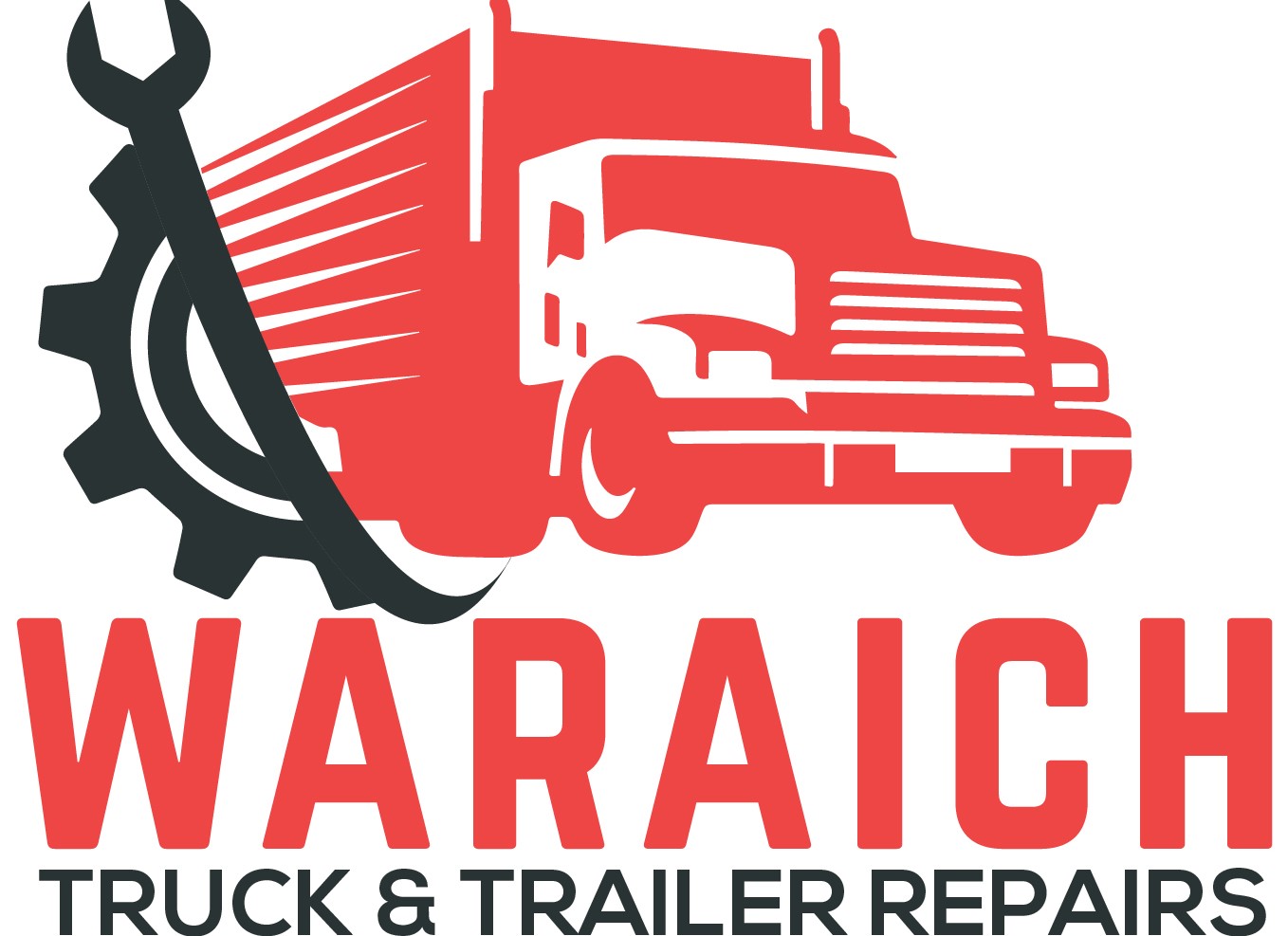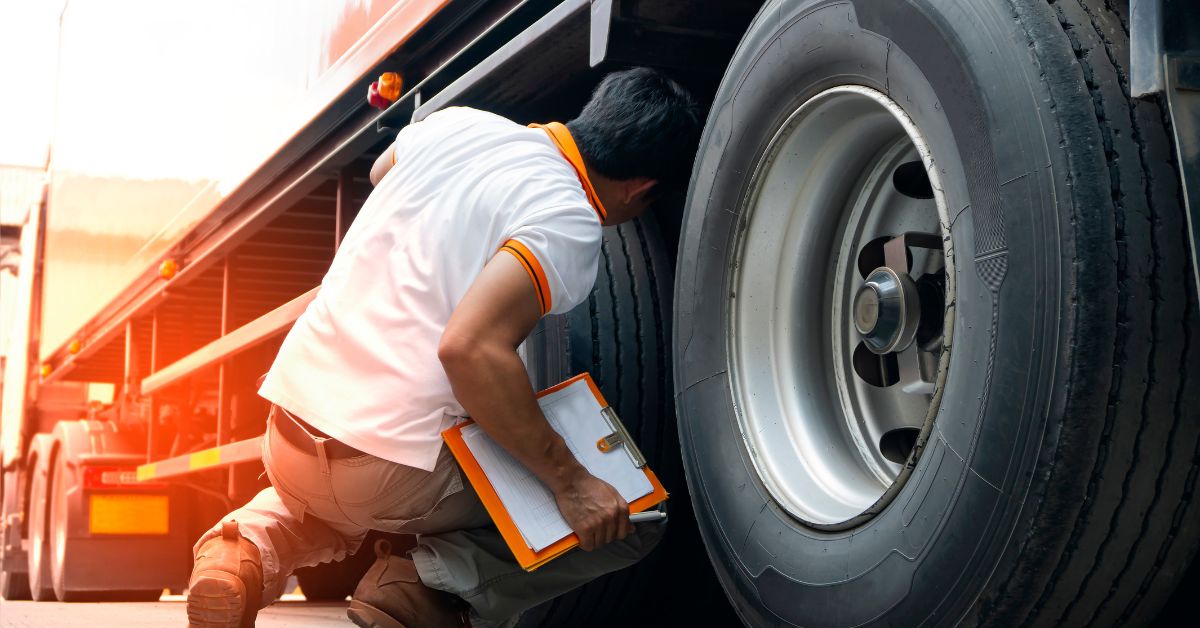Heavy vehicles, including trucks, buses, and commercial vehicles, are vital for transporting goods and passengers, but their size and weight demand careful attention to ensure roadworthiness. Pre-journey inspections are vital for identifying any potential issues or hazards that could compromise the vehicle’s performance and the safety of the driver.
That’s why, Waraich Mechanicals - a leading truck repair shop in Rocklea - decided to outline seven critical inspections that every heavy vehicle driver should perform before commencing their journey. Read on!
External Inspection
Start by conducting a visual inspection of the exterior of the vehicle. Check for any signs of damage, such as dents, scratches, or cracks, particularly in areas that could affect the structural integrity of the vehicle, such as the frame, body panels, and bumpers.
Inspect the tires for proper inflation, tread depth, and any signs of damage or wear. Ensure that all lights, including headlights, taillights, brake lights, and turn signals, are functioning correctly. Additionally, inspect the mirrors, windshield, and windows for any cracks or damage that could obstruct visibility.
Engine Compartment Inspection
Open the hood and inspect the engine compartment thoroughly. Check the engine oil level and condition, ensuring that it is at the appropriate level and free from any contaminants or signs of degradation. Inspect the coolant level and condition, ensuring that it is at the proper level and free from any leaks or contamination.
Check the condition of the belts, hoses, and connections, looking for any signs of wear, damage, or leaks. Inspect the battery terminals and connections, ensuring that they are clean, tight, and free from corrosion.
Brake System Inspection
The brake system is one of the most critical safety components of any vehicle, especially heavy vehicles. Start by checking the brake fluid level and condition, ensuring that it is at the proper level and free from any contamination or signs of degradation. Inspect the brake pads, rotors, and calipers for signs of wear, damage, or corrosion.
Check the brake lines and hoses for any signs of leaks, cracks, or damage. Test the brakes by applying them gently while stationary to ensure they are responsive and operate smoothly.
Steering and Suspension Inspection
Proper steering and suspension are essential for maintaining control and stability while driving a heavy vehicle. Inspect the steering components, including the tie rods, ball joints, and steering linkage, for any signs of wear, damage, or looseness. Check the suspension components, including the shocks, struts, and springs, for signs of wear, damage, or leakage. Test the steering by turning the wheel from lock to lock while stationary, ensuring that it operates smoothly and without any unusual noises or resistance.
Electrical System Inspection
A reliable electrical system is crucial for ensuring the proper functioning of various vehicle components, including lights, gauges, and accessories. Start by checking the battery voltage and connections, ensuring that they are clean, tight, and free from corrosion. Test the operation of all lights, including headlights, taillights, brake lights, turn signals, and hazard lights, ensuring that they illuminate properly and without any flickering or dimming.
Check the operation of the horn, windshield wipers, and other electrical accessories, ensuring that they function correctly.
Cargo Securement Inspection
If carrying cargo, it's essential to ensure that it is properly secured to prevent shifting or falling during transit, which could pose a safety hazard to other road users. Inspect the cargo area and securing devices, including straps, chains, and tie-downs, ensuring that they are in good condition and properly tightened.
Verify that the cargo is evenly distributed and properly positioned within the vehicle, ensuring that it does not exceed weight limits or obstruct visibility.
Documentation Inspection
Finally, before setting out on your journey, ensure that all necessary documentation is in order and readily accessible. This includes your driver's license, vehicle registration, insurance documents, and any permits or certificates required for transporting specific types of cargo or operating in certain jurisdictions. Additionally, ensure that you have a copy of the vehicle's inspection records, including any recent maintenance or repairs performed.
Heavy Vehicle Inspections with Waraich Mechanicals
By following the seven critical inspections outlined in this guide, Australian drivers can identify and address any potential issues or hazards before setting out on their journey, thereby reducing the risk of accidents and ensuring a safe and efficient transit. Remember, safety should always be the top priority when operating a heavy vehicle, and regular inspections are an essential part of maintaining roadworthiness and promoting responsible driving practices.
Got any queries to ask? Call +61 416 976 058 to get a quick reply from our heavy vehicle experts in Rocklea
Also, check out vehicle air conditioning services in Rocklea and light vehicle repairs in Rocklea. Review Waraich Mechanicals on Google Maps

